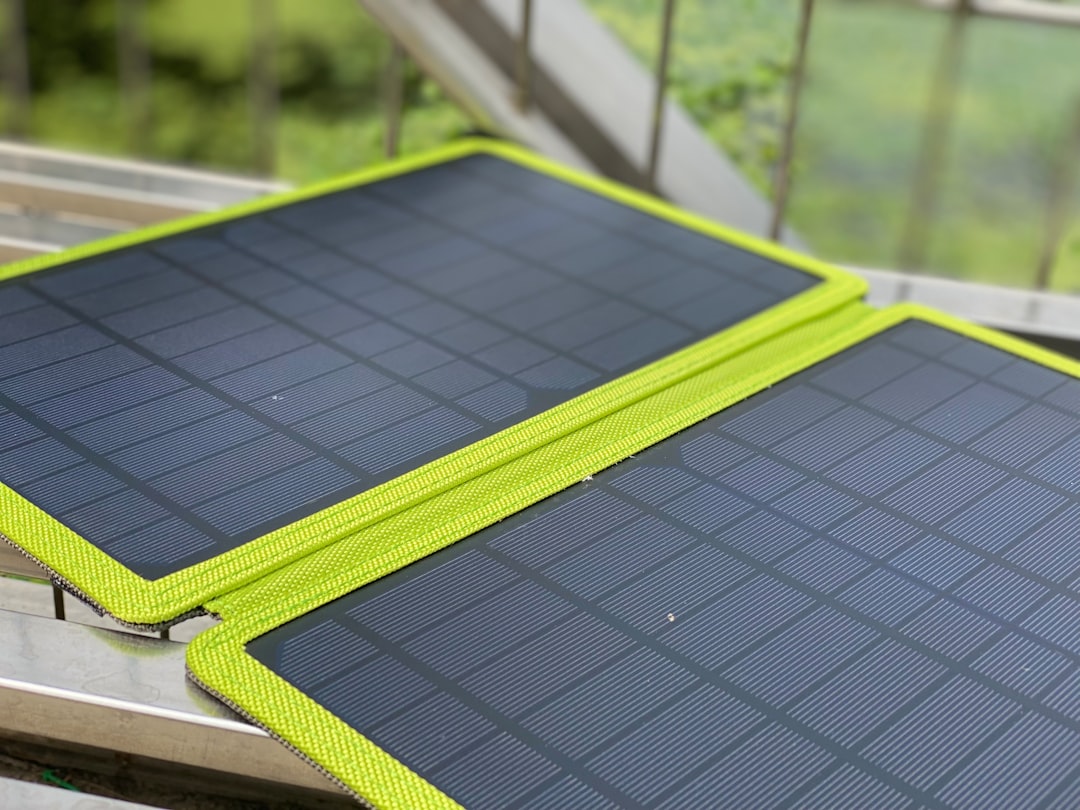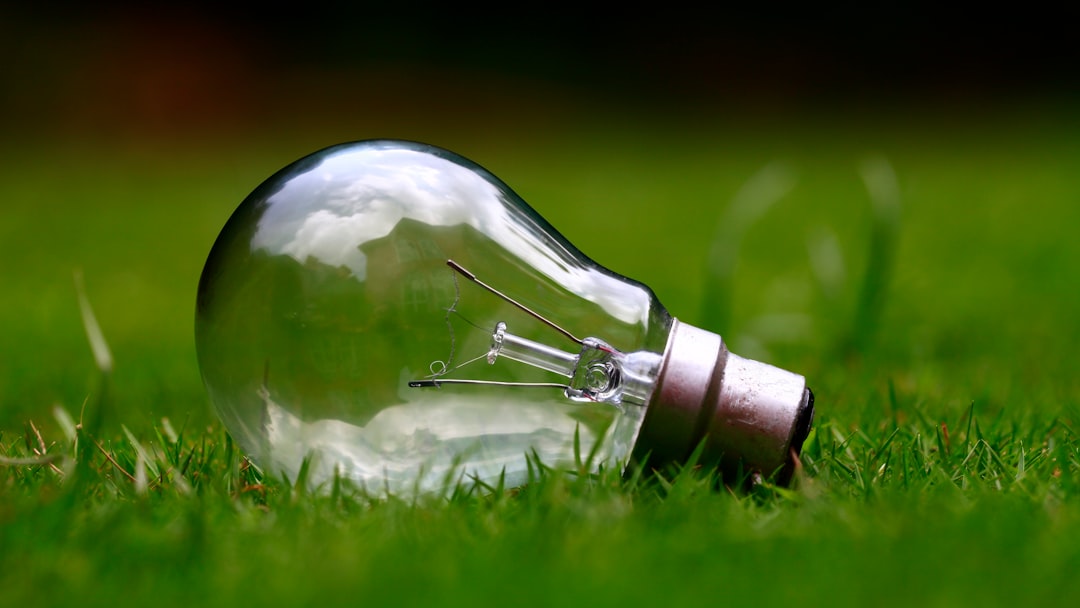Discover practical and effective ways to reduce your electricity bills by combining smart technology, home improvements, and simple daily habits. This guide will help you save energy, cut costs, and lower your environmental impact.
How to Reduce Electricity Bills: Practical Tips to Save Energy and Money at Home
Key Takeaways
- Eliminate phantom power drains by using smart plugs or power strips.
- Enhance home insulation to reduce heating and cooling expenses.
- Manage thermostat settings efficiently with smart or programmable thermostats.
- Switch to LED lighting for significant energy savings and longer lifespan.
- Consider solar panels and battery storage for long-term energy independence.
- Use ENERGY STAR-rated appliances to minimize power consumption.
- Take advantage of off-peak electricity rates to lower costs.
- Adopt simple behavioral changes to further reduce daily electricity use.
Table of Contents
- 1. Understanding Phantom Power and How Smart Plugs Save Electricity
- 2. Improving Home Insulation to Cut Heating and Cooling Costs
- 3. Thermostat Management for Efficient Heating and Cooling
- 4. Saving Energy with LED Lighting
- 5. Solar Panels and Incentives: Long-Term Electricity Bill Reduction
- 6. Energy-Efficient Appliances: Save Power Without Sacrificing Comfort
- 7. Leveraging Off-Peak Electricity Rates to Lower Costs
- 8. Simple Behavioral Changes That Reduce Electricity Usage
- 9. Conclusion: Your Step-By-Step Guide to Lower Electricity Bills
- FAQ
1. Understanding Phantom Power and How Smart Plugs Save Electricity
Many devices consume power even when turned off, a phenomenon known as phantom power or standby energy. This hidden consumption can add up to $165 annually on your electric bill.
What is Phantom Power?
Electronics like TVs, gaming consoles, routers, chargers, and microwaves draw electricity while plugged in, even when they appear off. A stereo system, for example, may continuously use several watts, which accumulates over time.
How Smart Plugs Help
Smart plugs automatically cut power to devices when not in use. Many can be managed via smartphone apps or voice assistants, enabling you to schedule shutoffs or control them remotely. Some advanced models even provide real-time electricity usage data to identify energy hogs.
Basic power strips also help by allowing multiple devices to be turned off simultaneously with one switch, ideal for entertainment centers or home offices.
“Smart plugs simplify cutting phantom power and can reduce your electricity bill while making your home more energy-conscious.”
Benefits of smart plugs and power strips include:
- Eliminating standby energy loss
- Automating device management
- Monitoring consumption in real time
- Lowering bills and environmental impact
Start your energy-saving journey by installing just a few smart plugs or power strips for hassle-free improvements. Learn more from electroeshop
2. Improving Home Insulation to Cut Heating and Cooling Costs
Heating and cooling can consume up to half of your home's energy. Poor insulation makes your HVAC system work harder, wasting energy and driving up costs.
Why Is Insulation Important?
Proper insulation slows heat transfer, keeping your home warmer in winter and cooler in summer. Energy audits using thermal imaging can highlight leaks and thin insulation so you can target upgrades efficiently.
Key Insulation Tips
- Add insulation to attics, basements, and exterior walls.
- Seal gaps around doors, windows, and ductwork.
- Use insulated curtains or blinds to help regulate temperatures.
Small insulation improvements now yield greater comfort and lower bills long-term. Find more details from the U.S. Department of Energy and Consumer Reports.
3. Thermostat Management for Efficient Heating and Cooling
Your thermostat controls your home's climate and energy use. Optimizing its settings lowers heating and cooling bills without sacrificing comfort.
The Power of Smart Thermostats
Smart thermostats learn your schedule and adjust temperatures automatically, preventing overheating or overcooling. Managed via smartphone or voice assistants, they enable remote control and provide energy savings estimated at about 8%, or $65 annually, according to ENERGY STAR.
Programmable Thermostats and Behavioral Tips
If you don’t have a smart thermostat, programmable models allow scheduled temperature reductions of 7–10 degrees during sleep or absence, reducing costs by up to 10%. Some utilities offer rebates for participation in demand response programs during peak times.
Best practices include:
- Installing smart thermostats for automation
- Programming routines for efficient temperature shifts
- Avoiding heating/cooling unused rooms
- Keeping windows and doors closed to retain temperature
Learn more from ENERGY STAR, Consumer Reports, and ACEEE.
4. Saving Energy with LED Lighting
Lighting accounts for significant energy use, especially with many bulbs. LED bulbs provide an easy, affordable way to cut usage immediately.
Why Choose LED Bulbs?
LEDs consume up to 75% less electricity than incandescent bulbs and last 25 times longer, reducing replacement costs. They come in varied brightness and color options, and many are compatible with dimmers and motion sensors.
Smart Lighting Solutions
Smart lighting lets you control lights remotely, schedule timers, and adjust brightness via voice or apps, preventing lights from being left on unnecessarily.
Benefits of LED lighting include:
- Lower energy consumption and utility bills
- Less heat generated than other bulbs
- Integration with smart home systems
- Long lifespan and reliable performance
Prioritize frequently used rooms for quick savings. For more, visit ENERGY STAR, NerdWallet, and SaveOnEnergy.
5. Solar Panels and Incentives: Long-Term Electricity Bill Reduction
Solar panels harness renewable energy to reduce or eliminate your electricity bill over time. Combined with battery storage, they offer resilience and savings.
Benefits of Solar Energy
Solar systems produce on-site electricity, decreasing reliance on the grid. Batteries like Tesla Powerwall or portable units from EcoFlow store excess power for outages or peak rate times.
Advantages include:
- Long-term savings on electricity
- Energy independence and backup power
- Reduced environmental impact
- Government rebates and incentives lowering upfront costs
Although the initial investment can be significant, financial and environmental returns are compelling. Explore more at ACEEE and Gearbrain.
6. Energy-Efficient Appliances: Save Power Without Sacrificing Comfort
Old appliances can quietly increase electricity bills. Swapping them for ENERGY STAR-certified models is a smart, effective investment.
What Makes ENERGY STAR Appliances Efficient?
ENERGY STAR appliances meet strict federal efficiency standards. For example, certified dishwashers use 12% less energy and 30% less water, and energy-efficient computers can consume up to 40% less power.
Tips for Choosing Appliances
- Look for the ENERGY STAR logo when purchasing.
- Select the right size for your household needs.
- Utilize eco modes and delay features to run during off-peak times.
Smart purchases combined with mindful use can substantially cut energy bills. Learn more from Consumer Reports and ENERGY STAR.
7. Leveraging Off-Peak Electricity Rates to Lower Costs
Many utilities offer time-of-use (TOU) pricing which lowers rates during off-peak periods, such as nights and weekends.
How to Benefit from Off-Peak Rates
Schedule energy-intensive tasks—washing, drying, dishwashing, or charging electric vehicles—to run during these cheaper hours. Smart devices and timers help automate this process.
Enrolling in demand response programs may provide additional rebates for temporarily reducing power use during peak demand.
Practical Tips
- Confirm your utility's TOU offerings and peak demand programs.
- Use smart plugs or appliance timers for scheduled tasks.
- Charge large electronics overnight.
With a bit of planning, reduce costs without major lifestyle changes. Find more info from NHSaves and ACEEE.
8. Simple Behavioral Changes That Reduce Electricity Usage
Small daily habits can add up to noticeable savings, especially combined with energy-efficient tech.
Easy Habits for Energy Savings
- Unplug devices like phone and laptop chargers when not in use.
- Use natural light during the day instead of electric lights.
- Adjust blinds and curtains to keep heat out in summer or retain warmth in winter.
- Lower your water heater temperature to 120°F to save power.
- Keep doors and windows closed in conditioned rooms to maintain temperature.
The Impact of Energy Audits
Energy audits—whether self-conducted or professional—highlight areas where you lose energy. Identifying leaks or outdated appliances empowers you to prioritize improvements for best return on investment.
“Conscious habits combined with targeted upgrades transform household energy use and save money over time.”
Sources include NerdWallet, Consumer Reports, and ACEEE.
9. Conclusion: Your Step-By-Step Guide to Lower Electricity Bills
Reducing electricity bills is a straightforward process when combining smart technology, home upgrades, and mindful habits. Follow this action plan:
- Analyze your electricity bill to identify high usage.
- Use smart plugs or power strips to eliminate phantom power waste.
- Replace bulbs with LED lighting and install a programmable thermostat.
- Improve insulation and seal air leaks.
- Upgrade old appliances to energy-efficient models.
- Consider solar panel installation and apply available incentives.
- Shift high-energy tasks to off-peak hours using automation.
- Adopt habits like unplugging devices and leveraging natural light.
- Schedule regular energy audits to prioritize future improvements.
With intentional efforts and some investments, you can take control of your energy use, reduce bills, and help the environment.
Electroeshop invites you to explore our curated selection of energy-saving smart plugs, thermostats, and LED lighting—all designed to help you save effortlessly. Begin your journey to a greener, more cost-effective home today.
FAQ
What is phantom power and how can I reduce it?
Phantom power is electricity consumed by devices even when turned off but still plugged in. To reduce it, use smart plugs or power strips to completely cut power to these devices when not in use.
How much can I save by upgrading to LED bulbs?
LED bulbs use up to 75% less electricity than incandescent bulbs and last much longer, leading to significant savings on your electric bill and fewer replacement costs over time.
Are smart thermostats worth the investment?
Yes. Smart thermostats can save about 8% annually on heating and cooling costs by learning your schedule and optimizing temperature control automatically.
Can solar panels completely eliminate my electricity bill?
Solar panels can significantly reduce or potentially eliminate your electric bill depending on your system size, location, and energy use. Battery storage can further improve reliability and independence.
How do I know if I qualify for solar incentives or rebates?
Incentives vary by state and locality. It’s best to check with your local energy authority or installer to learn what programs and rebates are available in your area.






